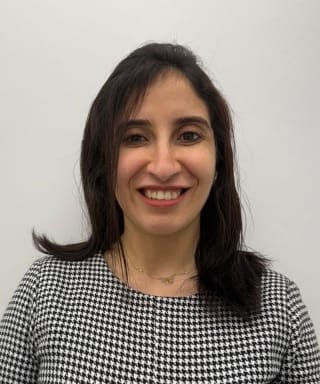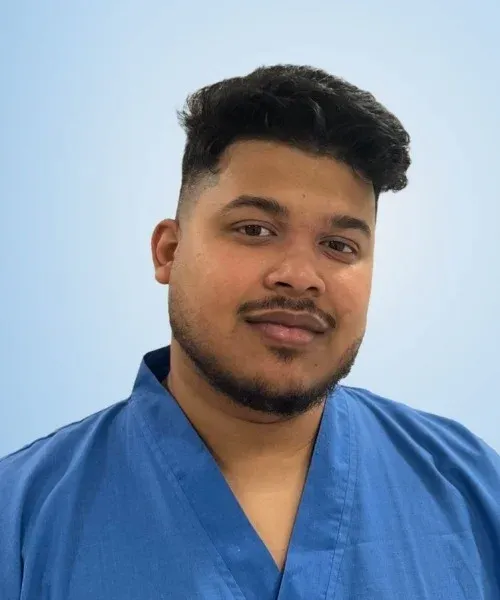What is a Dermatofibroma?
A dermatofibroma is a common, non-cancerous skin growth made up of fibrous (scar-like) tissue. It usually develops after a small skin injury, like an insect bite, shaving nick, or minor trauma. These growths are harmless, slow-growing, and typically appear on the arms, legs, or back.
They may resemble other benign skin nodules such as moles, cysts, or neurofibromas, which is why professional diagnosis is essential.
What Does a Dermatofibroma Look and Feel Like?
- Size Usually small, less than 1 cm, though some may grow larger.
- Colour Can be red, brown, or purplish; often darker than the surrounding skin.
- Texture Feels firm or rubbery to the touch.
- Shape May be raised or dome-shaped.
- Dimple Sign When gently squeezed from the sides, the centre may dimple inward.
- Symptoms Usually painless, but may be itchy or tender at times.
Is a Dermatofibroma Dangerous?
No. Dermatofibromas are:
- Benign (non-cancerous)
- Not contagious
- Do not require treatment unless they cause discomfort or cosmetic concerns
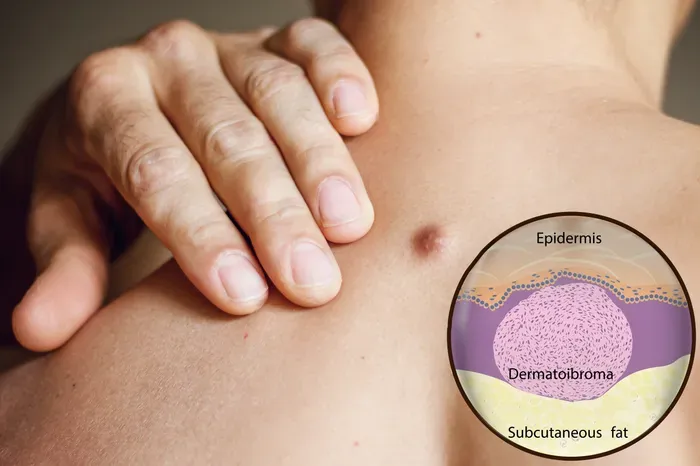
When to See a Doctor
Although harmless, dermatofibromas can sometimes look like other skin conditions, such as moles, cysts, or skin cancer. It’s a good idea to see a healthcare provider for a professional diagnosis if you’re unsure about a skin bump or if it changes in size, colour, or feel.
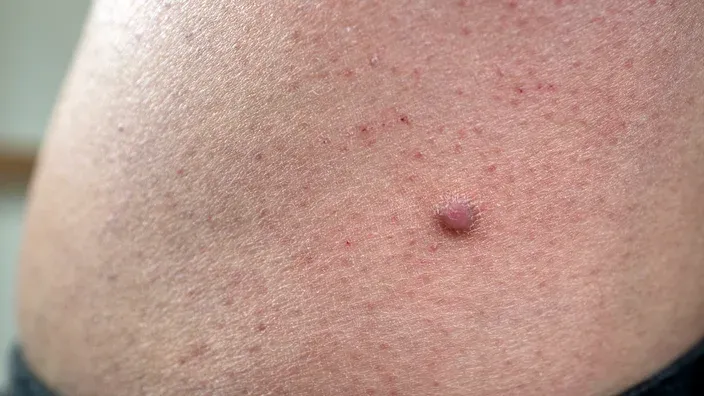
How We Diagnose a Dermatofibroma
Our dermatologists will perform a thorough physical examination. A dermatofibroma can usually be diagnosed visually and through its characteristic "dimple sign." We will use a dermatoscope to examine the growth closely and ensure it is not a more serious type of lesion.
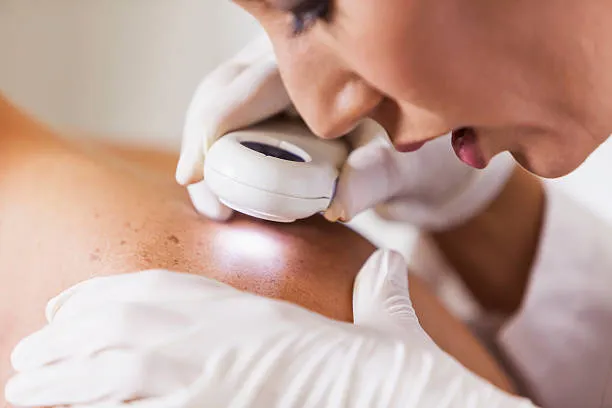
Causes & Risk Factors
While the exact cause isn’t fully understood, dermatofibromas are thought to result from:
- Minor skin trauma (e.g., insect bites, shaving nicks, or splinters)
- Overactive skin healing response
- Genetic predisposition
- More common in women than men
- Typically appear in early adulthood
They do not spread or become malignant but may grow slowly or change in texture.
Dermatofibroma Removal Methods
While not medically required, removal is available for lesions that are painful, itchy, or cosmetically undesirable.
We offer the following dermatofibroma treatment options:
Surgical Excision (Recommended)
- Removes the entire lesion under local anaesthetic
- Requires stitches; leaves a thin linear scar
- Low risk of recurrence
Shave Excision (Less Common)
- Used for flatter lesions
- Less invasive; may scar less
- Higher risk of recurrence
The most suitable option will be discussed during your consultation.
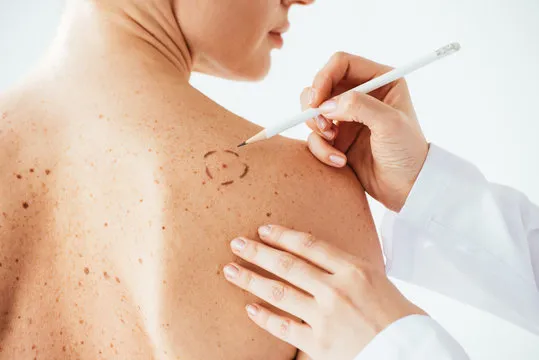
100% Satisfaction Guarantee
If you're not completely satisfied with your treatment results within 30 days, we'll provide a refund or free re-treatment. Your satisfaction is our priority.
Licensed & Insured • Risk-Free Treatment
How We Diagnose Seborrhoeic Keratoses
If you choose to proceed, here’s what to expect:
- Consultation A dermatologist confirms the diagnosis and discusses your goals.
- Planning We create a personalised treatment plan.
- Removal The procedure usually takes 20–30 minutes with local anaesthesia and minimal discomfort.
- Aftercare You receive detailed instructions and a follow-up appointment to ensure healing and cosmetic results.
Benefits of Professional Dermatofibroma Removal
✔️ Improved Appearance – Safely removes a visible and bothersome growth.
✔️ Peace of Mind – A professional diagnosis confirms the growth is benign.
✔️ Relief from Discomfort – Stops any itching, tenderness, or irritation.
✔️ Permanent Solution – Surgical excision ensures the growth is fully removed.
✔️ Safe & Quick – Minor dermatofibroma surgery with minimal downtime
Why Choose Revitalise London for Seborrhoeic Keratoses Removal?
We combine clinical excellence with a patient-first approach. Here’s why hundreds trust us:
Nathalie Emmanuel
Actress - Game of Thrones Star
Had a wonderful experience with Dr Ken and his staff with my forehead lipoma removal. Thorough in planning before the procedure and so far, l've had a great experience with aftercare. When I had any questions there was always someone available to answer them.

Our Medical Team
Meet the experienced professionals who will provide your care
Our Accreditations
Trusted by healthcare regulators and professional bodies for maintaining the highest standards of medical care and patient safety.
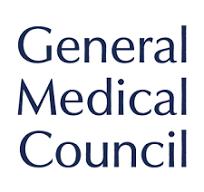

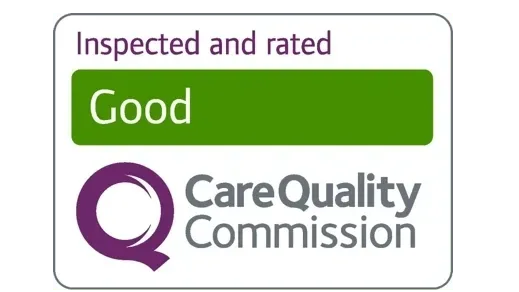
🛡️ Regulated & Certified Healthcare
All treatments are performed by GMC registered doctors in our CQC regulated clinic, ensuring the highest standards of safety and care.
Frequently Asked Questions about Dermatofibromas
Removal is performed under local anaesthesia, so the area is fully numb. You might feel slight pressure during the procedure, but it’s generally comfortable and pain-free.
Dermatofibromas are benign (non-cancerous) skin growths. Still, it’s important to get a professional diagnosis to rule out other more serious conditions.
This is a classic feature of dermatofibromas. When the skin around the bump is gently pinched, the lesion dimples or puckers inward, helping doctors confirm the diagnosis.
When fully removed through surgical excision, dermatofibromas rarely come back.
Because dermatofibromas extend into deeper skin layers, surgical removal typically leaves a small, thin scar. Skilled dermatologists use precise techniques to minimise scarring and optimise cosmetic results.
These growths usually stay unless they are surgically removed.
It’s unsafe to attempt removal at home, as this can cause infection, scarring, or other complications. Always seek care from a dermatologist.
Dermatofibromas do not develop into cancer. However, any lesion that changes rapidly, bleeds, or looks different should be checked by a healthcare professional to exclude other conditions.
Most patients heal within 1–2 weeks. Mild tenderness or redness may persist temporarily, but with proper aftercare, cosmetic results are excellent.




